Nucleotides and their analogs
The nucleotide is composed by bases, pentose and phosphoric acid, which is the basic unit of biological macromolecules of nucleic acids. Depending on the difference of pentose in nucleotides, they can be divided into ribonucleotides and deoxyribonucleotides, thus constituting two kinds of nucleic acid: ribonucleic acid (RNA) and deoxyribonucleic acid (DNA). The bases composing nucleotide have two types of pyrimidine and purine. Pyrimidine is a 6 ring heterocyclic compound containiong 2 nitrogen atoms, and the common pyrimidine bases in nucleotide include cytosine nucleotides(C), uracil(V)and thymine(T). Purine is a heterocyclic compound containing four nitrogen. Adenine(A) and guanine(G) are the major purine nucleotide base composed nucleotide. Nucleotide is formed by the esterification of sugar hydroxyl groups in nucleoside with phosphated acid after the formation of nucleoside via the condensation of ribose or deoxyribose with bases. The free 5 'nucleotide present in organisms is formed by the esterification of hydroxyl groups of the C5 with pentose phosphate.
Nucleotide is a colorless crystalline powder, which is soluble in water and insoluble in organic solvents. And its solution have optically active, and has a strong UV absorption at 260nm. It is an amphoteric electrolyte, which have different dissociation situations at different pH. These nature has great practical value in the preparation, analysis and measurement of nucleotide.
The application of nucleotide substances is very broad, such as ATP, GTP, 5'- nucleotides, etc. can be used as a supplementary drug; 5'-fluorouracil nucleotide analogs have the anti-cancer effect; poly-cytidine acid is the inducer of interferon and has antiviral activity; in the food industry , inosinic acid and guanylic acid are the co-fresheners of aginomoto, which can greatly increase the flavor of aginomoto; in biological research, nucleotide materials are also the essential reagents.
- Structure:
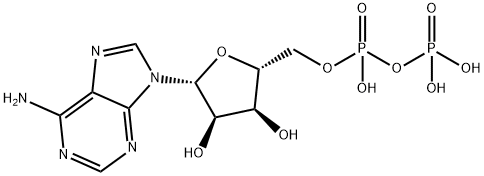
- Chemical Name:ADP
- CAS:58-64-0
- MF:C10H15N5O10P2
- Structure:
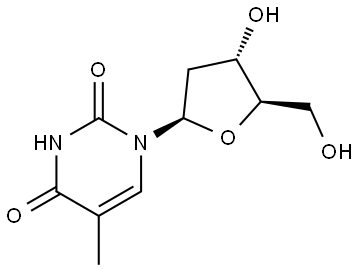
- Chemical Name:Thymidine
- CAS:50-89-5
- MF:C10H14N2O5
- Structure:
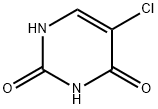
- Chemical Name:5-Chlorouracil
- CAS:1820-81-1
- MF:C4H3ClN2O2
- Structure:
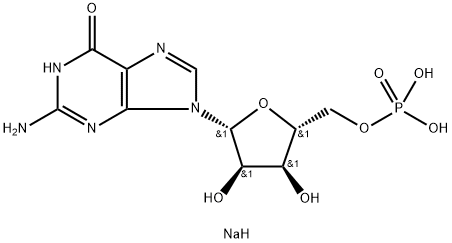
- Chemical Name:Guanosine 5'-monophosphate disodium salt
- CAS:5550-12-9
- MF:C10H15N5NaO8P
- Structure:
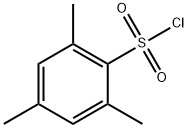
- Chemical Name:Mesitylene-2-sulfonyl chloride
- CAS:773-64-8
- MF:C9H11ClO2S
- Structure:
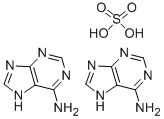
- Chemical Name:Adenine Sulfate
- CAS:321-30-2
- MF:C10H12N10O4S
- Structure:

- Chemical Name:6-Mercaptopurine monohydrate
- CAS:6112-76-1
- MF:C5H6N4OS
- Structure:
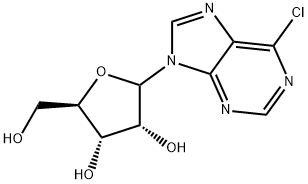
- Chemical Name:6-Chloropurine ribonucleoside
- CAS:2004-06-0
- MF:C10H11ClN4O4
- Structure:
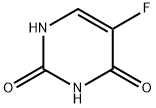
- Chemical Name:5-Fluorouracil
- CAS:51-21-8
- MF:C4H3FN2O2
- Structure:
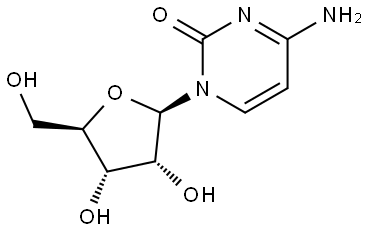
- Chemical Name:Cytidine
- CAS:65-46-3
- MF:C9H13N3O5
- Structure:
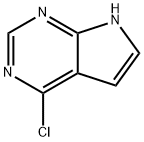
- Chemical Name:4-Chloro-7H-pyrrolo[2,3-d]pyrimidine
- CAS:3680-69-1
- MF:C6H4ClN3
- Structure:
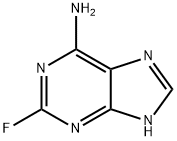
- Chemical Name:2-Fluoroadenine
- CAS:700-49-2
- MF:C5H4FN5
- Structure:
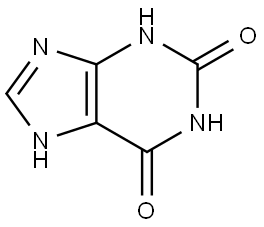
- Chemical Name:Xanthine
- CAS:69-89-6
- MF:C5H4N4O2
- Structure:
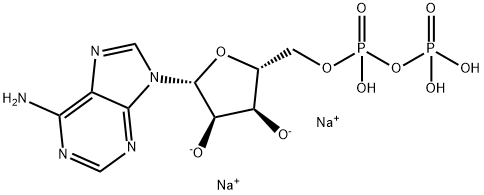
- Chemical Name:Adenosine-5'-diphosphate disodium salt
- CAS:16178-48-6
- MF:C10H15N5O10P2.2Na
- Structure:
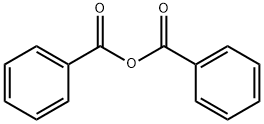
- Chemical Name:Benzoic anhydride
- CAS:93-97-0
- MF:C14H10O3
- Structure:
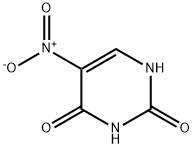
- Chemical Name:5-Nitrouracil
- CAS:611-08-5
- MF:C4H3N3O4
- Structure:
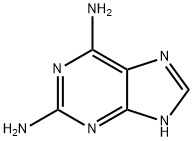
- Chemical Name:2,6-Diaminopurine
- CAS:1904-98-9
- MF:C5H6N6
- Structure:
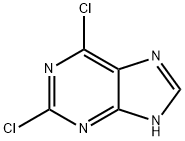
- Chemical Name:2,6-Dichloropurine
- CAS:5451-40-1
- MF:C5H2Cl2N4
- Structure:
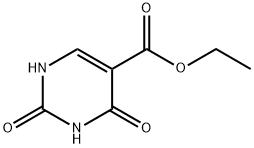
- Chemical Name:5-CARBETHOXYURACIL
- CAS:28485-17-8
- MF:C7H8N2O4
- Structure:
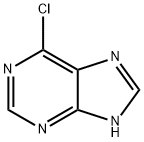
- Chemical Name:6-Chloropurine
- CAS:87-42-3
- MF:C5H3ClN4
- Structure:
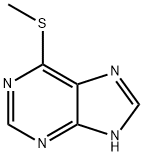
- Chemical Name:6-(Methylthio)purine
- CAS:50-66-8
- MF:C6H6N4S
- Structure:
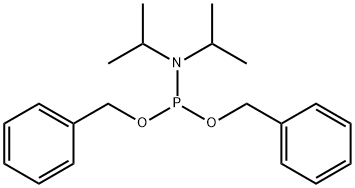
- Chemical Name:DIBENZYL DIISOPROPYLPHOSPHORAMIDITE
- CAS:108549-23-1
- MF:C20H28NO2P
- Structure:
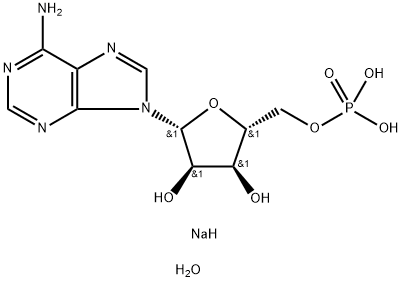
- Chemical Name:ADENOSINE-5'-MONOPHOSPHATE DISODIUM SALT
- CAS:149022-20-8
- MF:C10H17N5NaO8P
- Structure:
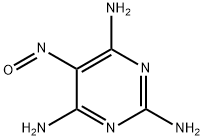
- Chemical Name:5-Nitroso-2,4,6-triaminopyrimidine
- CAS:1006-23-1
- MF:C4H6N6O
- Structure:

- Chemical Name:1,2,4-Triazole
- CAS:288-88-0
- MF:C2H3N3
- Structure:
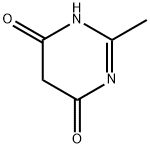
- Chemical Name:4,6-Dihydroxy-2-methylpyrimidine
- CAS:40497-30-1
- MF:C5H6N2O2
- Structure:
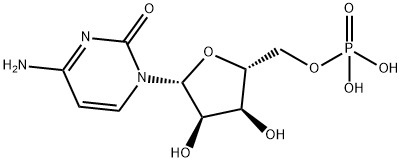
- Chemical Name:Cytidine 5’-monophosphate
- CAS:63-37-6
- MF:C9H14N3O8P
- Structure:
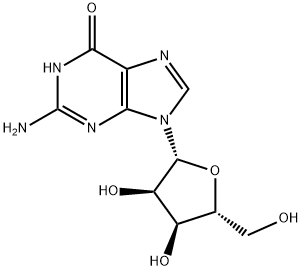
- Chemical Name:Guanosine
- CAS:118-00-3
- MF:C10H13N5O5
- Structure:
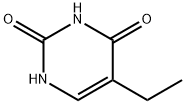
- Chemical Name:5-Ethyluracil
- CAS:4212-49-1
- MF:C6H8N2O2
- Structure:
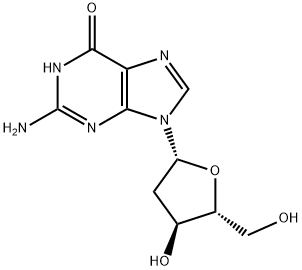
- Chemical Name:2'-Deoxyguanosine
- CAS:961-07-9
- MF:C10H13N5O4
- Structure:

- Chemical Name:1,2,3-1H-Triazole
- CAS:288-36-8
- MF:C2H3N3
- Structure:
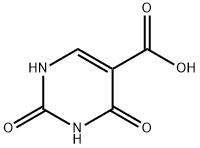
- Chemical Name:2,4-Dihydroxypyrimidine-5-carboxylic acid
- CAS:23945-44-0
- MF:C5H4N2O4
- Structure:
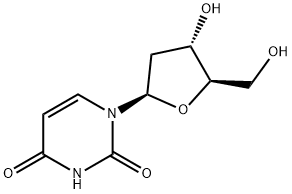
- Chemical Name:2'-Deoxyuridine
- CAS:951-78-0
- MF:C9H12N2O5
- Structure:
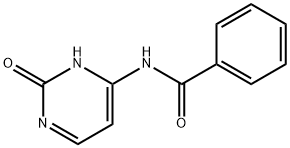
- Chemical Name:N4-Benzoylcytosine
- CAS:26661-13-2
- MF:C11H9N3O2
- Structure:
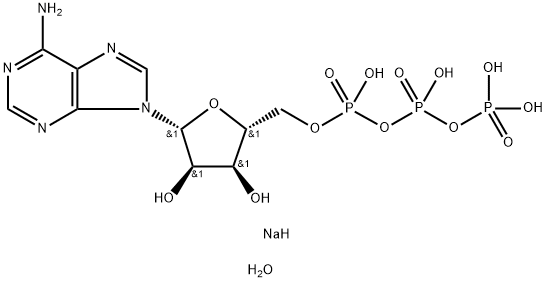
- Chemical Name:Adenosine5'-(tetrahydrogen triphosphate), disodiuM salt, trihydrate (9CI)
- CAS:51963-61-2
- MF:C10H19N5NaO14P3
- Structure:
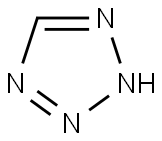
- Chemical Name:Tetrazole
- CAS:288-94-8
- MF:CH2N4
- Structure:

- Chemical Name:Cytidine 5'-Diphosphocholine
- CAS:987-78-0
- MF:C14H26N4O11P2
- Structure:

- Chemical Name:5-Azacytidine
- CAS:320-67-2
- MF:C8H12N4O5
- Structure:
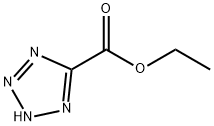
- Chemical Name:Ethyl tetrazole-5-carboxylate
- CAS:55408-10-1
- MF:C4H6N4O2
- Structure:
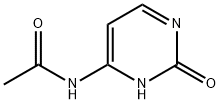
- Chemical Name:N4-Acetylcytosine
- CAS:14631-20-0
- MF:C6H7N3O2
- Structure:

- Chemical Name:5-Iodo-2,4-dimethoxypyrimidine
- CAS:52522-99-3
- MF:C6H7IN2O2
- Structure:

- Chemical Name:Cytidine triphosphate
- CAS:65-47-4
- MF:C9H16N3O14P3
- Structure:
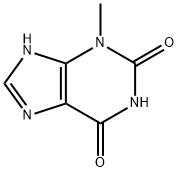
- Chemical Name:3-Methylxanthine
- CAS:1076-22-8
- MF:C6H6N4O2
- Structure:
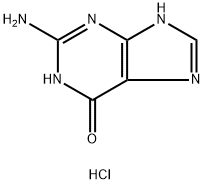
- Chemical Name:Guanine hydrochloride
- CAS:635-39-2
- MF:C5H6ClN5O
- Structure:
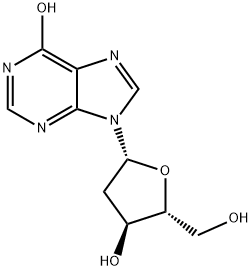
- Chemical Name:2'-Deoxyinosine
- CAS:890-38-0
- MF:C10H12N4O4
- Structure:
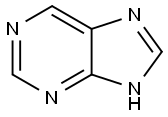
- Chemical Name:Purine
- CAS:120-73-0
- MF:C5H4N4
- Structure:
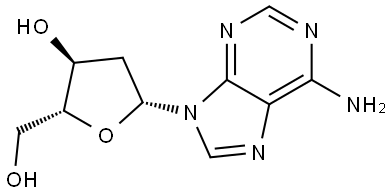
- Chemical Name:2'-Deoxyadenosine
- CAS:958-09-8
- MF:C10H13N5O3
- Structure:
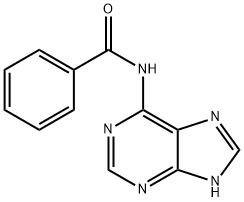
- Chemical Name:N-Benzoylaminopurine
- CAS:4005-49-6
- MF:C12H9N5O
- Structure:
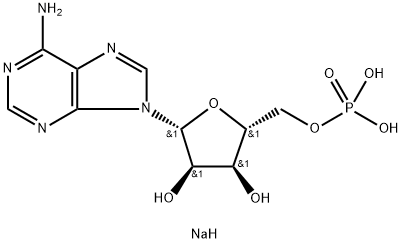
- Chemical Name:Adenosine 5'-monophosphate disodium salt
- CAS:4578-31-8
- MF:C10H15N5NaO7P
- Structure:
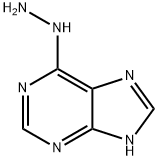
- Chemical Name:6-Hydrazinopurine
- CAS:5404-86-4
- MF:C5H6N6
- Structure:

- Chemical Name:Isocytosine
- CAS:108-53-2
- MF:C4H5N3O
- Structure:
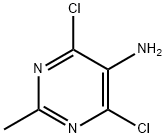
- Chemical Name:5-Amino-4,6-dichloro-2-methylpyrimidine
- CAS:39906-04-2
- MF:C5H5Cl2N3
- Structure:
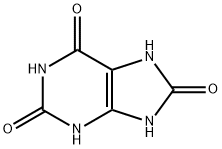
- Chemical Name:Uric acid
- CAS:69-93-2
- MF:C5H4N4O3
- Structure:
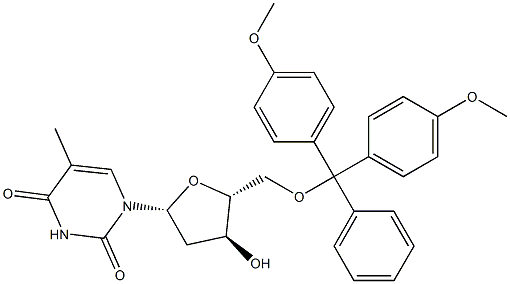
- Chemical Name:5'-O-Dimethoxytrityl-deoxythymidine
- CAS:40615-39-2
- MF:C31H32N2O7
- Structure:
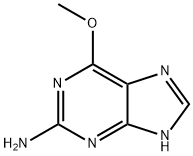
- Chemical Name:6-O-Methyl-guanine
- CAS:20535-83-5
- MF:C6H7N5O
- Structure:
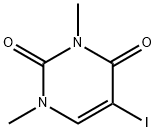
- Chemical Name:5-IODO-1,3-DIMETHYLURACIL
- CAS:40738-83-8
- MF:C6H7IN2O2
- Structure:
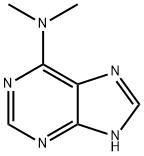
- Chemical Name:6-Dimethylaminopurine
- CAS:938-55-6
- MF:C7H9N5
- Structure:
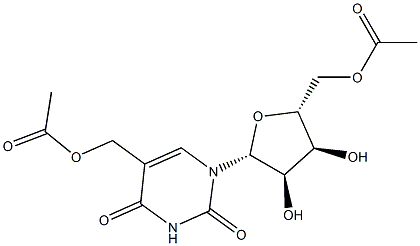
- Chemical Name:5'-O-Acetyl-5-acetyloxymethyluridine
- CAS:2305416-11-7
- MF:C14H18N2O9
- Structure:
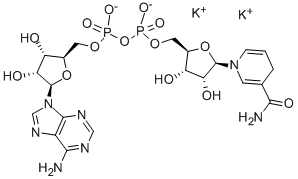
- Chemical Name:β-Nicotinamide adenine dinucleotide reduced dipotassium
- CAS:104809-32-7
- MF:C21H27K2N7O14P2
- Structure:

- Chemical Name:xanthane hydride
- CAS:6846-35-1
- MF:C2H2N2S3
- Structure:
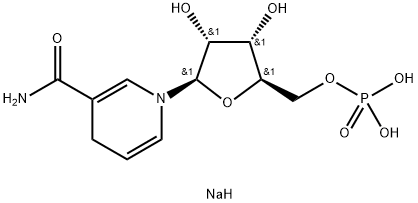
- Chemical Name:β-nicotinamide mononucleotide, reduced form, disodium salt(NMNH)
- CAS:108347-85-9
- MF:C11H18N2NaO8P
- Structure:
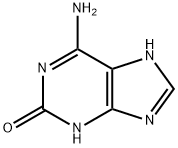
- Chemical Name:6-Amino-3,7-dihydro-2H-purin-2-one
- CAS:3373-53-3
- MF:C5H5N5O
- Structure:
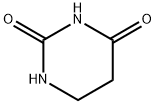
- Chemical Name:5,6-DIHYDROURACIL
- CAS:504-07-4
- MF:C4H6N2O2
- Structure:
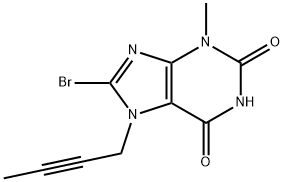
- Chemical Name:8-bromo-7-(but-2-ynyl)-3-methyl-1H-purine-2,6(3H,7H)-dione
- CAS:666816-98-4
- MF:C10H9BrN4O2
- Structure:

- Chemical Name:2-Aminopurine
- CAS:452-06-2
- MF:C5H5N5
- Chemical Name:Nucleoside
- CAS:
- MF:
- Structure:
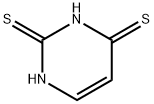
- Chemical Name:DITHIOURACIL
- CAS:2001-93-6
- MF:C4H4N2S2
- Structure:
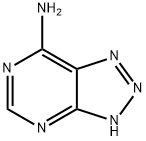
- Chemical Name:1H-1,2,3-Triazolo[4,5-d]pyrimidin-7-amine
- CAS:1123-54-2
- MF:C4H4N6
- Structure:
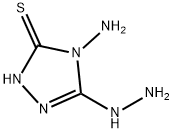
- Chemical Name:4-Amino-3-hydrazino-1,2,4-triazol-5-thiol
- CAS:1750-12-5
- MF:C2H6N6S
- Structure:
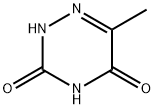
- Chemical Name:6-AZATHYMINE
- CAS:932-53-6
- MF:C4H5N3O2
- Structure:
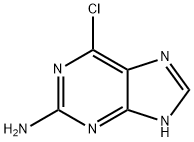
- Chemical Name:6-Chloroguanine
- CAS:10310-21-1
- MF:C5H4ClN5
- Structure:

- Chemical Name:5-METHYLCYTOSINE HYDROCHLORIDE
- CAS:58366-64-6
- MF:C5H8ClN3O
- Structure:
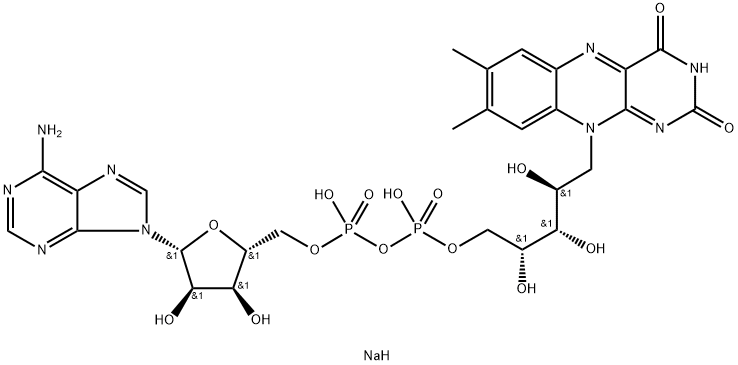
- Chemical Name:Flavin adenine dinucleotide disodium salt
- CAS:84366-81-4
- MF:C27H34N9NaO15P2
- Structure:
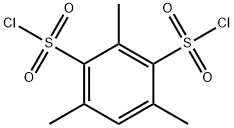
- Chemical Name:2,4-MESITYLENEDISULFONYL DICHLORIDE
- CAS:68985-08-0
- MF:C9H10Cl2O4S2
- Structure:
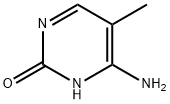
- Chemical Name:5-METHYLCYTOSINE
- CAS:554-01-8
- MF:C5H7N3O
- Structure:
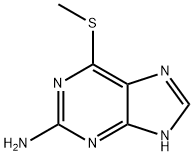
- Chemical Name:6-Methylthioguanine
- CAS:1198-47-6
- MF:C6H7N5S
- Structure:
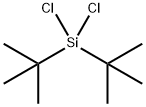
- Chemical Name:DI-TERT-BUTYLDICHLOROSILANE
- CAS:18395-90-9
- MF:C8H18Cl2Si
- Structure:
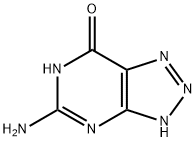
- Chemical Name:8-AZAGUANINE
- CAS:134-58-7
- MF:C4H4N6O
- Structure:
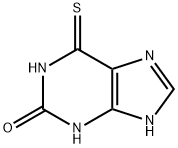
- Chemical Name:6-THIOXANTHINE
- CAS:2002-59-7
- MF:C5H4N4OS
- Structure:
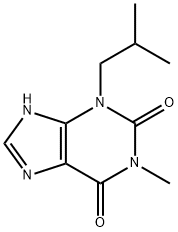
- Chemical Name:3-ISOBUTYL-1-METHYLXANTHINE
- CAS:28822-58-4
- MF:C10H14N4O2
- Structure:

- Chemical Name:Potassium orotate
- CAS:24598-73-0
- MF:C5H3KN2O4
- Structure:
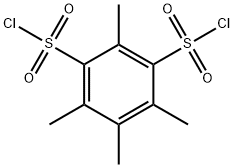
- Chemical Name:2,4,5,6-TETRAMETHYLBENZENEDISULFONYL DICHLORIDE
- CAS:97997-76-7
- MF:C10H12Cl2O4S2
- Structure:
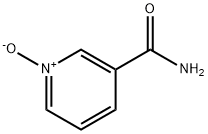
- Chemical Name:Nicotinamide-N-oxide
- CAS:1986-81-8
- MF:C6H6N2O2
- Structure:
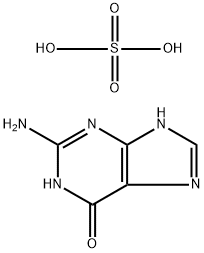
- Chemical Name:GUANINE SULFATE
- CAS:10333-92-3
- MF:C5H7N5O5S
- Structure:

- Chemical Name:Diethyl chlorothiophosphate
- CAS:2524-04-1
- MF:C4H10ClO2PS
- Structure:
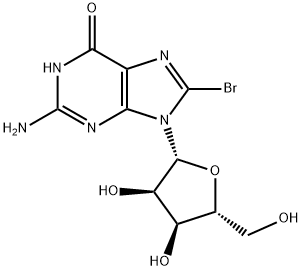
- Chemical Name:8-Bromoguanosine
- CAS:4016-63-1
- MF:C10H12BrN5O5
- Structure:
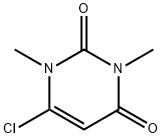
- Chemical Name:6-Chloro-1,3-dimethyl-2,4-(1H,3H)-pyrimidinedione
- CAS:6972-27-6
- MF:C6H7ClN2O2
- Structure:

- Chemical Name:METHYL PHOSPHORODICHLORIDITE
- CAS:3279-26-3
- MF:CH3Cl2OP
- Structure:
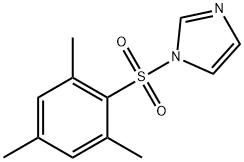
- Chemical Name:N-MESITYLENESULFONYLIMIDAZOLE
- CAS:50257-39-1
- MF:C12H14N2O2S
- Structure:

- Chemical Name:1,3-BENZODITHIOLYLIUM TETRAFLUOROBORATE
- CAS:57842-27-0
- MF:C7H5BF4S2
- Structure:
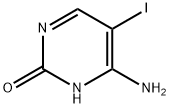
- Chemical Name:5-IODOCYTOSINE
- CAS:1122-44-7
- MF:C4H4IN3O
- Structure:
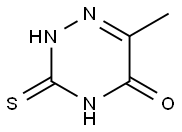
- Chemical Name:6-AZA-2-THIOTHYMINE
- CAS:615-76-9
- MF:C4H5N3OS
- Structure:
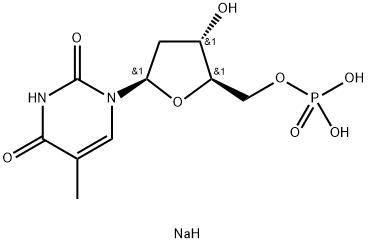
- Chemical Name:Thymidine-5'-monophosphate disodium salt
- CAS:33430-62-5
- MF:C10H16N2NaO8P
- Structure:
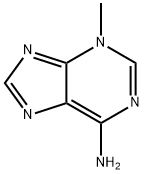
- Chemical Name:3-METHYLADENINE
- CAS:5142-23-4
- MF:C6H7N5
- Structure:
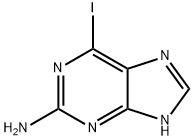
- Chemical Name:2-Amino-6-iodopurine
- CAS:19690-23-4
- MF:C5H4IN5
- Structure:
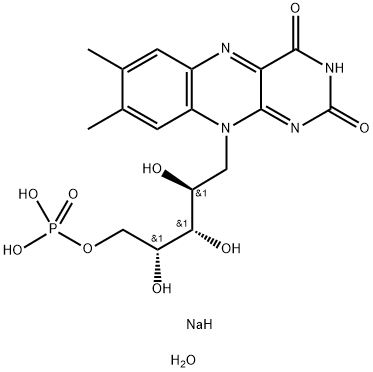
- Chemical Name:RIBOFLAVIN-5'-PHOSPHATE SODIUM SALT DIHYDRATE
- CAS:6184-17-4
- MF:C17H24N4NaO10P
- Structure:
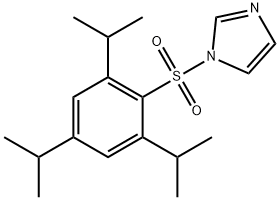
- Chemical Name:1-(2,4,6-Triisopropylphenylsulfonyl)imidazole
- CAS:50257-40-4
- MF:C18H26N2O2S
- Structure:
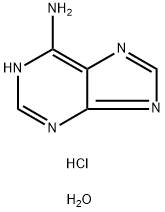
- Chemical Name:Adenine hydrochloride hemihydrate
- CAS:6055-72-7
- MF:C5H8ClN5O
- Structure:
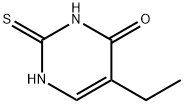
- Chemical Name:5-ETHYL-2-THIOURACIL
- CAS:34171-37-4
- MF:C6H8N2OS
- Structure:
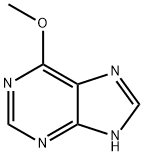
- Chemical Name:6-Methoxypurine
- CAS:1074-89-1
- MF:C6H6N4O